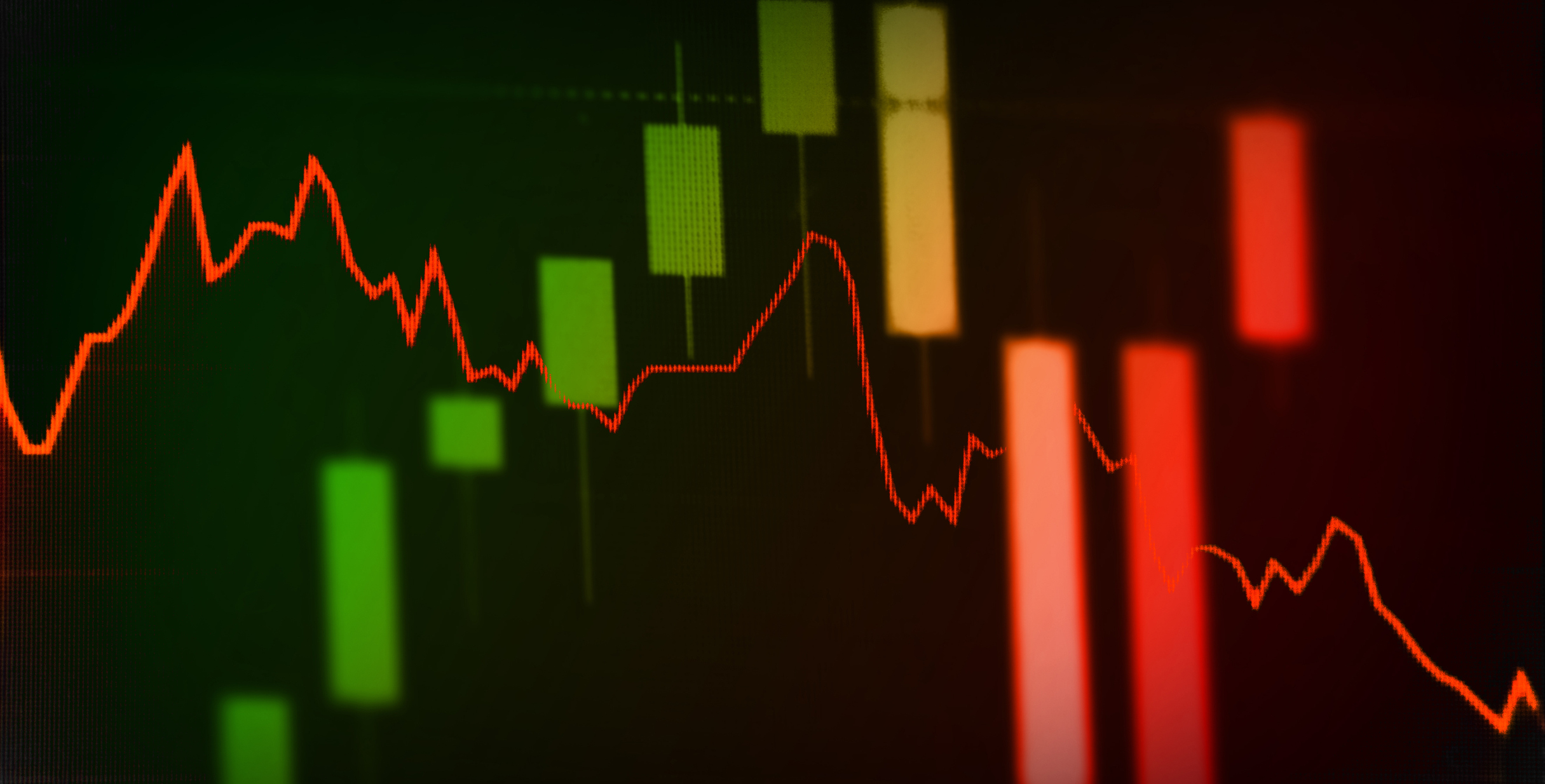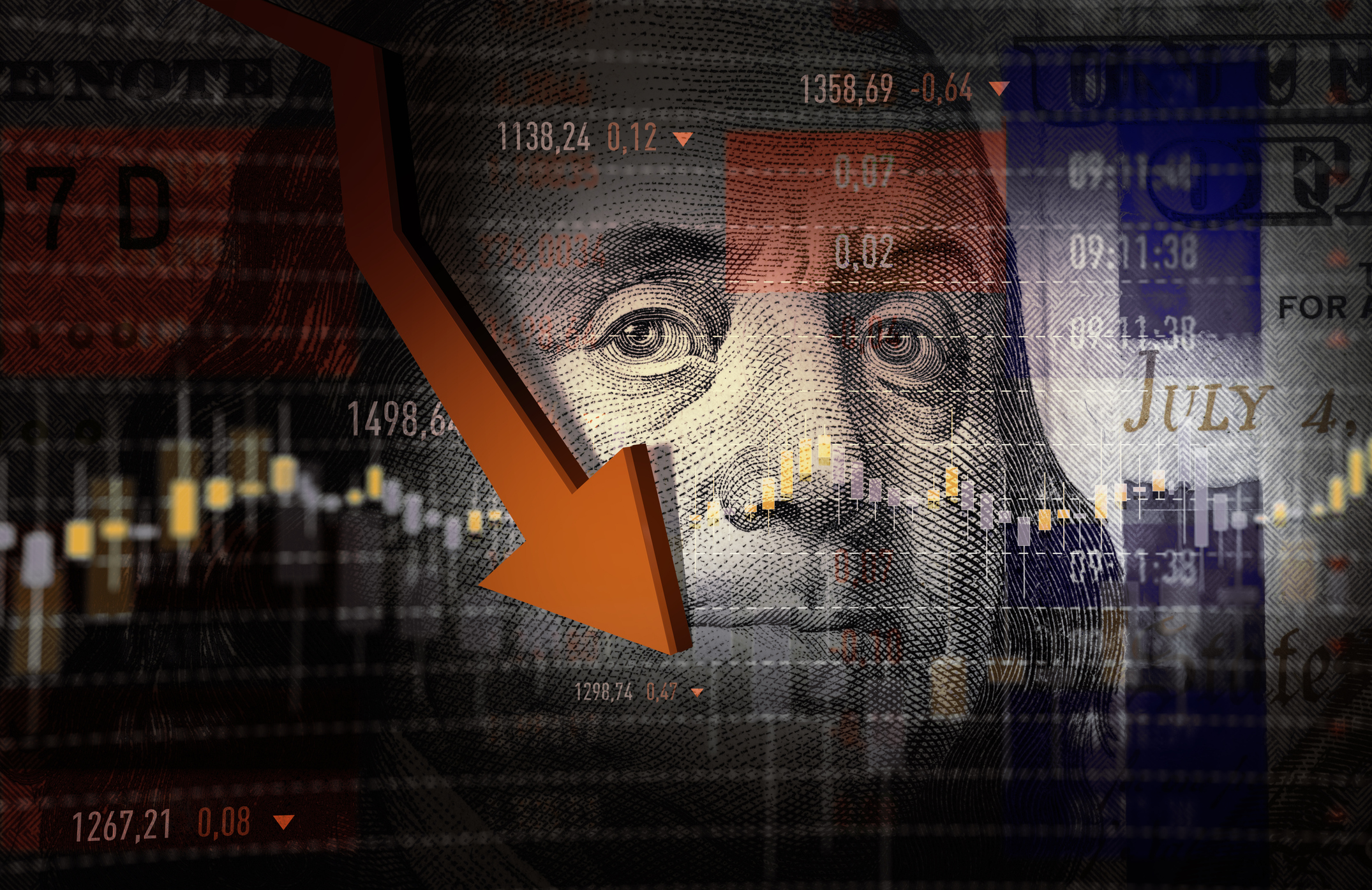Last 4 Triple-A Stocks Standing
Only these four publicly traded companies retain the highest possible credit rating. And each is a bargain at today’s prices.

We’ve been singing the virtues of high-quality dividend-paying stocks for months, and our tune still hasn’t changed. They’re a bargain: These stocks lagged during the market’s roaring rally off the lows of March 2009, and they’ve been beaten up along with everything else over the past few months. Not only are such blue chips cheap, they’re the kind of companies that you can feel good about owning in the face of economic uncertainty.
But within that elite club of high-quality companies is an even more selective group. Only four publicly traded companies still hold triple-A credit ratings (this figure has been in steady decline since the early 1980s, when 32 non-financial firms held the highest rating). Moody's, Fitch and Standard & Poor's assign ratings that assess a company's ability to pay its debts. To be sure, the credit-rating agencies haven’t covered themselves in glory over the past few years. (Remember AIG? It held a triple-A credit rating until less than a day after Lehman Brothers filed for bankruptcy in September 2008, sending AIG into a tailspin.) But this stamp of approval still means that a company is financially healthy, doesn’t have too much debt and is generating plenty of cash to meet its obligations. (All prices and related numbers are as of the September 8 close.)
Johnson & Johnson (JNJ; $58.85)
Johnson & Johnson is already virtually synonymous with quality. Its diversified collection of sleepy product lines -- from bandages and facial cleansers to medical devices and over-the-counter and prescription drugs -- has driven the company’s record of 76 straight years of expanding sales and 47 straight years of dividend hikes. Over the past ten years through September 8, the stock has rewarded shareholders with annualized returns of 4.4%, compared with Standard & Poor’s 500-stock index’s 1.3% annualized loss.

Sign up for Kiplinger’s Free E-Newsletters
Profit and prosper with the best of expert advice on investing, taxes, retirement, personal finance and more - straight to your e-mail.
Profit and prosper with the best of expert advice - straight to your e-mail.
The company’s shining reputation has been tarnished in recent months by a spate of product recalls. In January, April, and again in June, J&J announced recalls of a slew of over-the-counter drugs, encompassing its Tylenol, Benadryl and Motrin lines. That hurt revenues in the second quarter, when the company reported a 13% decline in sales of over-the-counter drugs, compared with the same period in 2009. Then, in August, the firm announced recalls of some of its hip-replacement devices.
But the stock is plenty cheap to compensate for the uncertainty. “This is a temporary issue,” says Bob Millen, co-manager of the Jensen fund (symbol JENSX), which holds the stock. “Five years from now, investors will be looking back and asking themselves why they didn’t buy more.” The shares trade for 13 times estimated 2010 earnings per share of $4.70 and for 12 times estimated 2011 earnings of $5.03 per share. The stock yields 3.7%.
Microsoft (MSFT; $23.93)
Johnson & Johnson may be famed for its shares’ consistency, but Microsoft is notorious for its decade-long status as a dog. Shareholders have lost 1.6% annualized on the stock over the past ten years, despite the company’s unflaggingly strong results. Return on equity, a measure of profitability, has averaged 30% over the past ten years; Microsoft has boosted its dividend payout at a 10% pace over the past five years; and the company generates cash faster than it can possibly spend it.
So why have investors given up on Microsoft? “What’s holding the stock down is investors’ recognition that there are a lot of threats to Microsoft’s cash cows: its operating systems and the Office suite of productivity tools,” says Millen. Google now offers low-cost and free applications. And buzz about a large-scale migration to “cloud computing,” through which shared storage and software would be leased out via the Internet, rather than hosted on individual computers, poses a fundamental threat to Microsoft.
But whatever the direction computing takes, Microsoft will have a presence. “Windows and Office will decline over time, but we believe Microsoft will be a major competitor in cloud computing,” says Millen. With a $37-billion cash hoard, Microsoft certainly has the resources to spend on research and development and acquisitions. Plus, notes Millen, the stock is so cheap you don’t have to assume go-go profit growth to make a case for owning it. “We think that if Microsoft can grow at an 8% to 9% rate, you’ll do better than the broad market,” he says. At its current price, the stock trades for just ten times estimated earnings of $2.36 per share for the fiscal year ending in June 2011. The stock yields 2.2%.
ExxonMobil (XOM; $60.75)
It might seem strange that an oil company would land on a list of tip-top names for quality and consistency, as energy prices can be so volatile. But ExxonMobil has long distinguished itself in this world. With a $311-billion market capitalization (share price multiplied by shares outstanding), Exxon is the largest U.S. publicly traded company and the largest energy firm in the world.
Exxon is known for picking profitable projects and avoiding dogs. That’s a valuable skill to possess when you’re as big as Exxon -- it produces more than two million barrels of oil per day -- as it takes ever-larger projects to register any growth. But Exxon delivers: Return on equity has averaged 26% over the past ten years, while earnings per share have grown at a 17% annualized pace. And the company is using its cash wisely by paying down debt it assumed from its recent acquisition of XTO (a natural-gas firm) and buying back huge amounts of stock. At its current price, the stock trades for seven times cash flow, which is slightly higher than the industry average but lower than its historical average valuation. The stock has returned 5.7% annualized over the past ten years. It currently yields 2.9%.
Automatic Data Processing (ADP; $39.66)
The business of Automatic Data Processing is far steadier than scouting and drilling for oil. ADP processes payrolls for companies -- cutting checks, sending out W-2 forms and more for its clients. “It has a large client base, and switching costs are very high,” says Millen. High switching costs imply the firm’s revenues are fairly stable and that ADP has some pricing power.
High unemployment is weighing on the stock because an expanding workforce is one source of growth for the company. But ADP has plenty of other avenues to pursue. For one, a significant swath of corporate America still handles its payrolls internally -- winning over these firms would boost ADP’s number of clients. ADP can also sell an increasingly broad array of services, such as 401(k) and health-benefits administration, to its existing payroll customers. Although 80% of its employer-services revenues still come from the U.S., the firm is making a determined push to increase its presence abroad.
Low interest rates aren’t helping ADP. Clients send ADP funds before the company cuts payroll checks. Between the time ADP receives the cash and the time it sends out the checks, it can invest the money for its own benefit. Earnings from the “float” generated $542 million for ADP in the year that ended last June, down from $610 million for the year that ended June 2007.
With a 3.4% dividend yield, the stock is paying you handsomely while you wait for it to show some life. At their current price, ADP shares trade for 16 times estimated profits of $2.42 per share, for the fiscal year ending June 2011.
Get Kiplinger Today newsletter — free
Profit and prosper with the best of Kiplinger's advice on investing, taxes, retirement, personal finance and much more. Delivered daily. Enter your email in the box and click Sign Me Up.

-
 The AI Doctor Coming to Read Your Test Results
The AI Doctor Coming to Read Your Test ResultsThe Kiplinger Letter There’s big opportunity for AI tools that analyze CAT scans, MRIs and other medical images. But there are also big challenges that human clinicians and tech companies will have to overcome.
By John Miley Published
-
 The Best Places for LGBTQ People to Retire Abroad
The Best Places for LGBTQ People to Retire AbroadLGBTQ people can safely retire abroad, but they must know a country’s laws and level of support — going beyond the usual retirement considerations.
By Drew Limsky Published
-
 Stock Market Today: Stocks Are Mixed Before Liberation Day
Stock Market Today: Stocks Are Mixed Before Liberation DayMarkets are getting into the freewheeling rhythm of a second Trump administration.
By David Dittman Published
-
 Stock Market Today: Dow Dives 1,123 Points After Fed
Stock Market Today: Dow Dives 1,123 Points After FedMarket participants reacted predictably to a well-telegraphed hawkish turn by the Federal Reserve.
By David Dittman Published
-
 Why Is Warren Buffett Selling So Much Stock?
Why Is Warren Buffett Selling So Much Stock?Berkshire Hathaway is dumping equities, hoarding cash and making market participants nervous.
By Dan Burrows Published
-
 If You'd Put $1,000 Into Google Stock 20 Years Ago, Here's What You'd Have Today
If You'd Put $1,000 Into Google Stock 20 Years Ago, Here's What You'd Have TodayGoogle parent Alphabet has been a market-beating machine for ages.
By Dan Burrows Last updated
-
 Stock Market Today: Stocks Retreat Ahead of Nvidia Earnings
Stock Market Today: Stocks Retreat Ahead of Nvidia EarningsMarkets lost ground on light volume Wednesday as traders keyed on AI bellwether Nvidia earnings after the close.
By Dan Burrows Published
-
 Stock Market Today: Stocks Edge Higher With Nvidia Earnings in Focus
Stock Market Today: Stocks Edge Higher With Nvidia Earnings in FocusNvidia stock gained ground ahead of tomorrow's after-the-close earnings event, while Super Micro Computer got hit by a short seller report.
By Karee Venema Published
-
 Stock Market Today: Dow Hits New Record Closing High
Stock Market Today: Dow Hits New Record Closing HighThe Nasdaq Composite and S&P 500 finished in the red as semiconductor stocks struggled.
By Karee Venema Published
-
 Stock Market Today: Stocks Pop After Powell's Jackson Hole Speech
Stock Market Today: Stocks Pop After Powell's Jackson Hole SpeechFed Chair Powell's Jackson Hole speech struck a dovish tone which sent stocks soaring Friday.
By Karee Venema Published